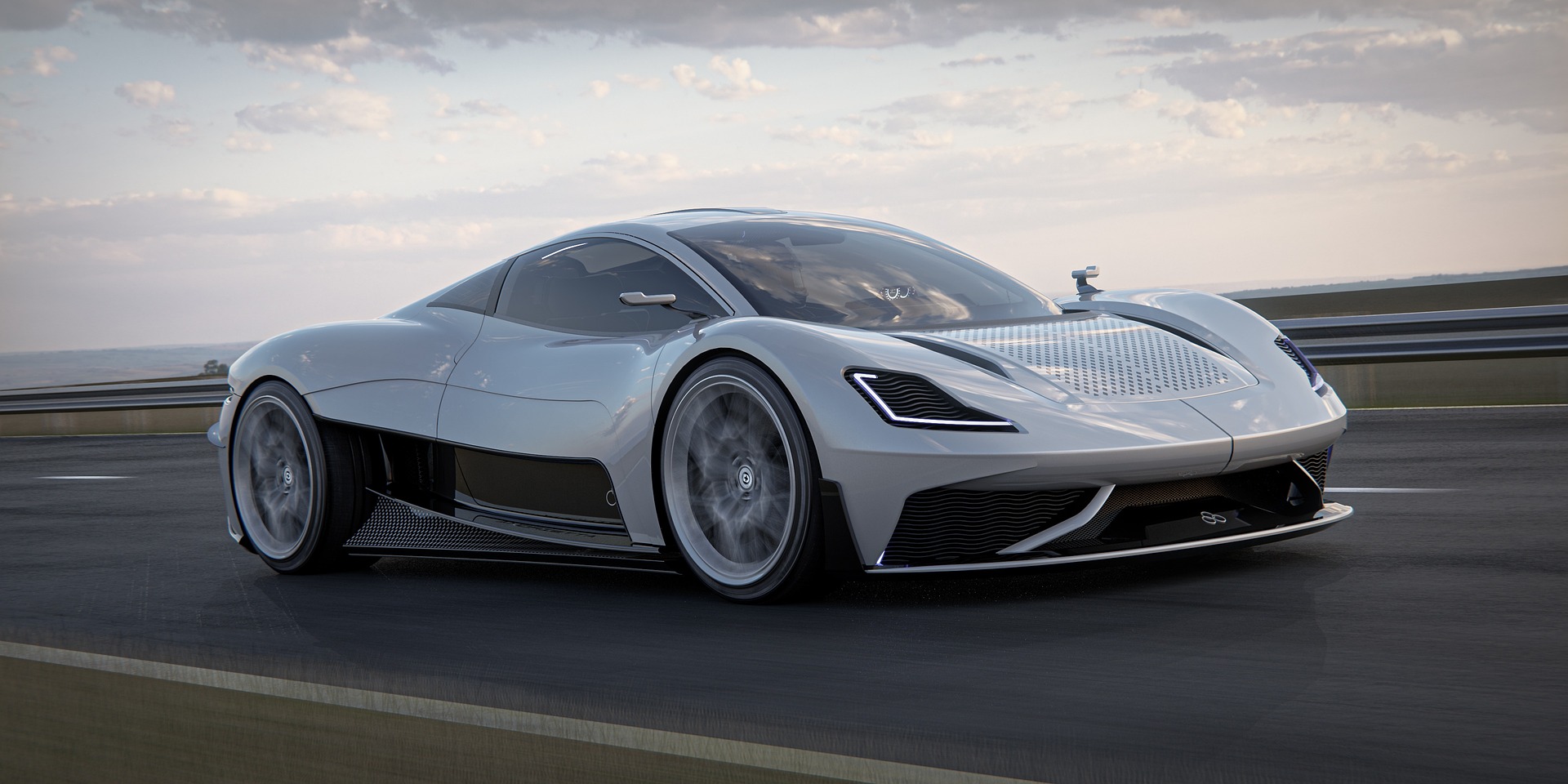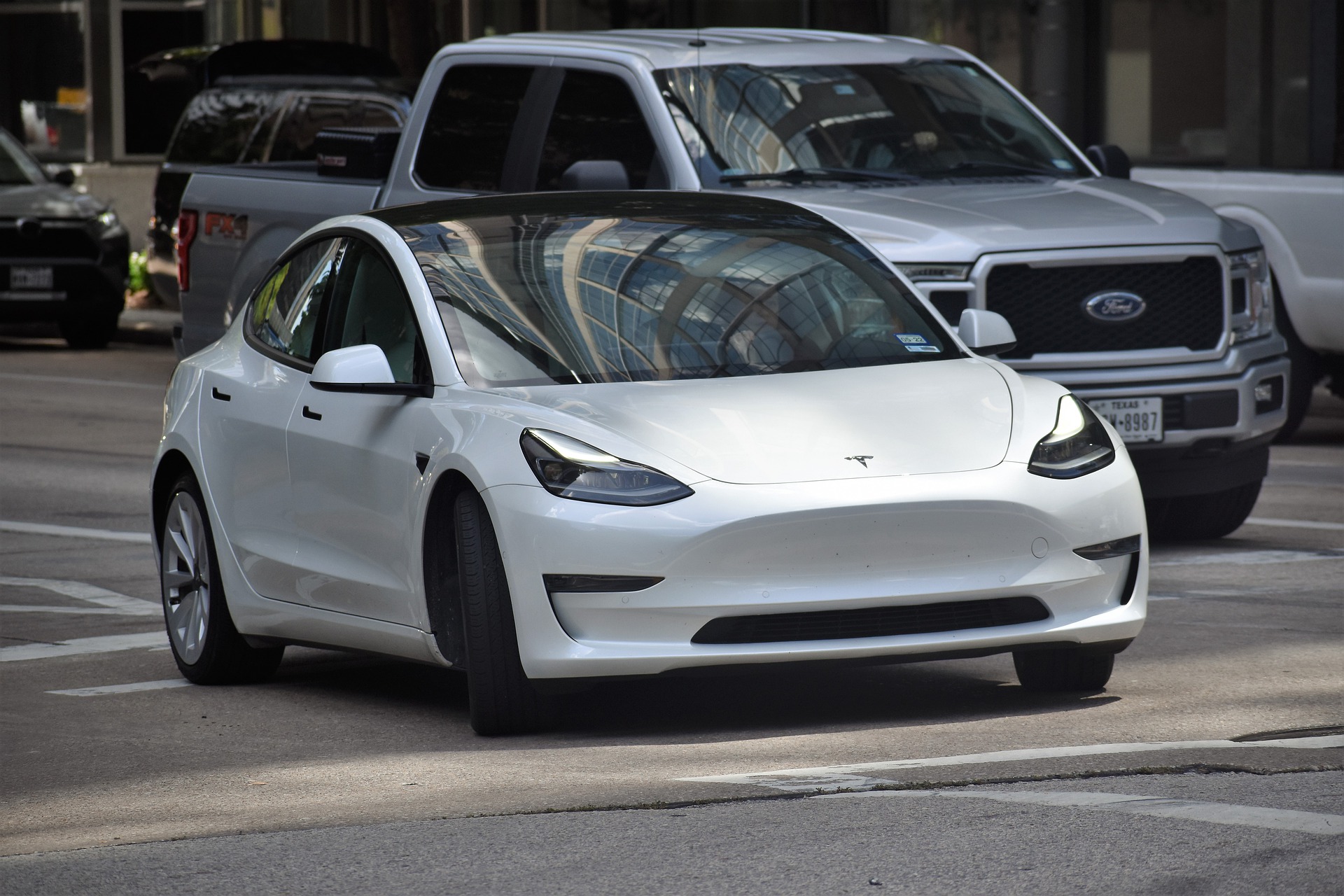Thrills and Thrusters: Unraveling the Science of Rocket Propulsion in Cars
The sheer exhilaration of speed, the heart-pounding thrill of acceleration, the intoxicating symphony of engines revving—this is the world of rocket-propelled cars. A realm where science fiction collides with reality, pushing the boundaries of automotive technology and reshaping the future of high-speed travel.

The Genesis of Rocket Propulsion in Cars
The concept of rocket propulsion in cars is not new. It traces back to the mid-20th century when adventurous engineers and speed enthusiasts first experimented with rocket engines to break land speed records. The first rocket-propelled car, the Opel RAK.1, debuted in 1928, reaching a speed of 238 km/h. These technological pioneers laid the groundwork for the modern-day rocket cars, setting the stage for a perfect blend of automotive engineering and aerospace technology.
Rocket Cars: The Powerhouse of Speed
Rocket cars operate on an entirely different level of power. Unlike traditional internal combustion engines, which rely on air intake to burn fuel, rocket engines carry both fuel and oxidizer. This allows them to produce thrust by expelling high-speed exhaust gases, enabling them to reach incredible speeds. The Bloodhound LSR, a prime example of a modern rocket car, clocked in at an impressive 1,010 km/h during tests in 2019.
Challenges and Innovations in Rocket Car Technology
Despite the allure of record-breaking speeds, rocket propulsion in cars comes with challenges. The intense heat generated by rocket engines requires advanced cooling systems. Fuel efficiency is another concern, as rocket cars consume fuel at a staggering rate. But these difficulties have inspired innovative solutions. Engineers have developed advanced materials to withstand extreme temperatures, and hybrid rocket engines are being explored to improve fuel efficiency.
Rocket Cars: The Impact on the Automotive Industry
The development of rocket-propelled cars has significantly influenced the automotive industry. It has pushed the boundaries of speed and power, inspiring car manufacturers to continuously innovate. While rocket cars remain primarily in the realm of racing and land speed record attempts, the technology could potentially be adapted for commercial use in the future.
The Future of Rocket Propelled Cars
The future of rocket-propelled cars is as exciting as it is uncertain. As engineers continue to refine and innovate this technology, we may see the dawn of a new era of high-speed travel. Whether it’s breaking new land speed records or potentially revolutionizing the way we travel, one thing is certain—the world of rocket cars offers a thrilling ride.
Rocket-propelled cars represent a fascinating intersection of automotive and aerospace technology. They challenge our understanding of speed and power while pushing the boundaries of what is technically possible. As we journey deeper into the 21st century, the roar of the rocket car continues to echo, a testament to the tireless quest for speed and the relentless spirit of innovation that drives the automotive world.





